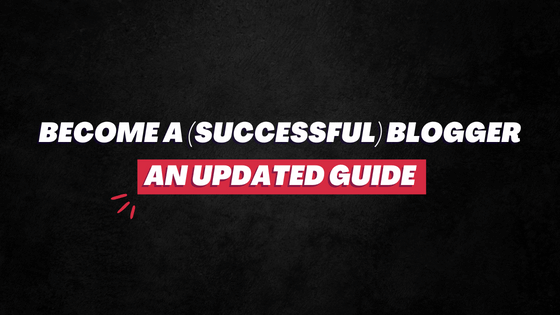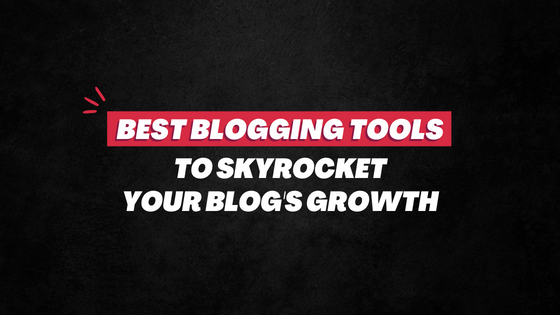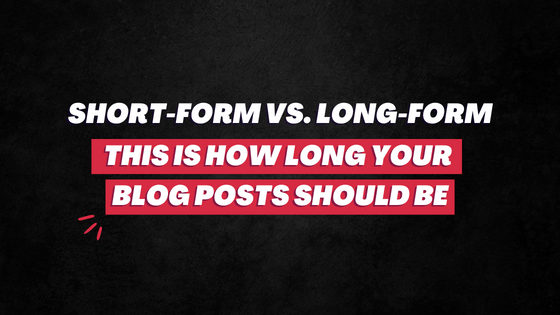You just published a kickass blog post that’s super in quality and value — BUT it didn’t get the organic love that it so deserves.
Why?
Because there’s a good chance that you haven’t optimized it well.
Fortunately, it’s not difficult.

Here are 9 quick tips on how to make your blog post SEO-friendly so to rank it higher on SERP and get more organic traffic:
1. Include Keywords (Duh)
Do thorough keyword research to find your primary and secondary keywords.
Once you have the right “hot phrases”, sprinkle them throughout the post in adequate and relevant ways.
In addition, also be sure to include LSI keywords in the post.
Recommended Read:
2. The Right Headline
Poor headline of the blog post would mean poor Click-Through-Rate (CTR). And poor CTR would mean decreased ranking on SERP.
So, take a lot of time in coming up with the good blog headlines. Include keywords and keep it within 65-characters.
Recommended Read:
3. A Telling Meta Description
To improve your CTR (and hence your ranking and traffic), you need to have a good Meta description.
Again, include keywords here. BUT don’t go overboard. You want it took descriptive and NOT spammy.
Although this number has been changing as of late, try and keep the Meta description length between 140 and 160 characters.
Recommended Read:
4. Short and rich permalink
Permalink is URL of your blog post.
Keep the URL short, keyword-rich and meaningful.
The permalink of this post is just ‘/seo-friendly-blog-post’… and NOT ‘/how-to-write-seo-friendly-blog-post’.
Above all, AVOID static URLs like ‘/p=25/swra4ad/’.
Recommended Watch:
Using header tags properly help search engines understand the structure of your blog post better.
By default, your post’s title will have <H1> tag.
Make sure the sub-headings, sub-sub-headings, and more have appropriate series of header tags — H2, H3 and so on.
Recommended Read:
6. Format the post correctly
Ensure the paragraphs are small. And there’s enough whitespace between lines, paragraphs, as well as in the sides.
Whitespace and better formatting are easy on eyes. So, the readers are more likely to stay on your page longer, which will positively affect your SEO.
Recommended Read:
7. Ace your internal link game
Internally link to other pages and posts on your website when it’s relevant. This makes crawling easier for search engines.
Also, don’t hesitate to link to other (quality) websites and third-party contents. Do this consistently in fact. This helps search engines better understand your content.
Recommended Read:
8. Include images
Use images, as and when needed.
They not only help in SEO but also make your post engaging and interesting to consume, which further helps you improve your dwell time and session duration.
AVOID large, heavy images. Don’t forget alt-text.
Recommended Read:
9. Promote the post
Blogging is 80 percent promotion/distribution.
So, after you’ve hit that “publish” button, don’t just sit idle. Promote your post across different channels.
Share it on social media platforms regularly. Email it to your subscribers. Link it in other posts/pages on your website where relevant.
Outreach other webmasters and (convincingly) ask them for backlinks.
Recommended Read:



